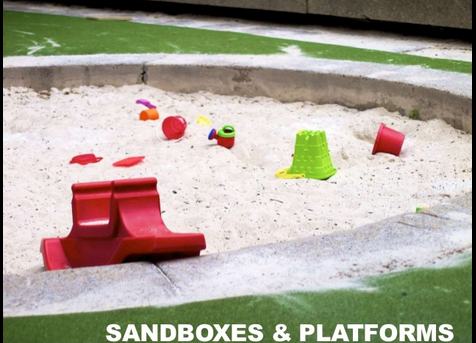The following is the rough transcripts of a talk I gave at Fostering the Transatlantic Dialogue on Digital Heritage and EU Research Infrastructures: Initiatives and Solutions in the USA and in Italy at the Library of Congress in November 2014 (back when I worked there).
As scholars become increasingly interested in approaching digital collections and digital objects as data for computational analysis it becomes critical for libraries, archives and museums to rethink some of their paradigms for providing access to materials. Two related concepts in emergent methodologies in the digital humanities, macroscopes and the notion of distant reading, provide a point of entry for identifying the requirements for digital library platforms to support this kind of scholarship.
Josh Greenberg of the Sloan foundation described the concept of macroscopes thusly, where “Telescopes let you see far, microscopes let you see small, a macroscope lets you see big and complex.” That is, it’s about zooming out to visualize and explore relationships and patterns in aggregates and networks. Related, literary scholar Franco Morritti has famously coined the term “distant reading” to describe similar kinds of activities. In contrast to close reading, distant reading involves studying trends and patterns in things like graphs, maps and tree diagrams of features of texts. These two neologisms are part of a common trend, a push by scholars to make use of tools to explore and interpret patterns in wholes.

